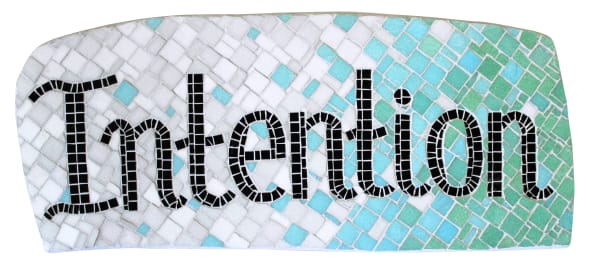Your History Is Wrong: Anna Khodorkovskaya
Anna Khodorkovskaya's works are based on words and phrases; they are fragments, debris of their contexts. Perhaps these are remains of thoughts; or snippets of a conversation with a friend; or something that stopped me while reading, or a phrase snatched from media. These are the moments when a text suddenly refuses to carry its meaning and becomes mystery. I pull these words out of their context, out of the big picture they were embedded in, and claim them for myself to examine them in another state.
Mobius, in partnership with the Austrian Cultural Forum, has the pleasure to announce Your History Is Wrong - an exhibition of new works by Anna Khodorkovskaya.
The exhibition is on view at #2 Mendeleev Street, from May 9th to June 9th, 2019. An opening reception will be held from 7 pm to 10 pm, Thursday, May 9th. Admission is free.
«And now a queer thing happened to him. He was in the act of stepping back and turning away from the window when all at once his eye was caught and held in the most peculiar manner by the small notice that was there. BED AND BREAKFAST, it said. BED AND BREAKFAST, BED AND BREAKFAST, BED AND BREAKFAST. Each word was like
a large black eye staring at him through the glass, holding him, compelling him, forcing him to stay where he was.»
«The Landlady», Roald Dahl, 1959
A small part of the whole can hardly understand the great, immense something of which it is a part of.
Is it even possible to understand the whole? Nevertheless, it is possible to try to understand a part of it.
One can try to reach the whole through its fragments. Step by step, collecting pieces on the path to a picture
of this world.
My text works are based on words and phrases; they are fragments, debris of their contexts. Perhaps these are remains of thoughts; or snippets of a conversation with a friend; or something that stopped me while reading, or a phrase snatched from media. These are the moments when a text suddenly refuses to carry its meaning and becomes mystery. I pull these words out of their context, out of the big picture they were embedded in, and claim them for myself to examine them in another state. This state is both visual and abstract: visual because I give them shape, color, and materiality; abstract because a text loses its original meaning and becomes an abstraction.
As a way of studying these debris of reality, I chose to depict them in a form of mosaic. Mosaic glass stones are originally fragments and pieces themselves. Tile by tile, they are to be collected and a new whole is to be constructed. The history and tradition of mosaic is thousands of years old. Domenico Ghirlandaio, the influential artist of the Florentine Renaissance, described it fittingly as "pittura per l'eternità" - painting for eternity1. It has been used to convey serious ideological statements in various times. The rich history of mosaics is as well visible in Vienna, where I have based my research on the many mosaics that are open to the public on numerous buildings, courtyard gardens, and parks. In my work mosaics display something inexplicable, vague, that is initially not addressed to immortality.
Stone by stone. Day by day. Week after week. Letter by letter. Word by word. Today, when everything is rushing through spaces and time, without borders and brakes, in a geometric progression. Perhaps in this slow, timeless working process dealing with the splinters in both directions (removal and construction), I shall be able to grasp the whole.
1 - Giorgio Vasari, The Lives of the Most Excellent Painters, Sculptors, and Architects, 1550-1568































